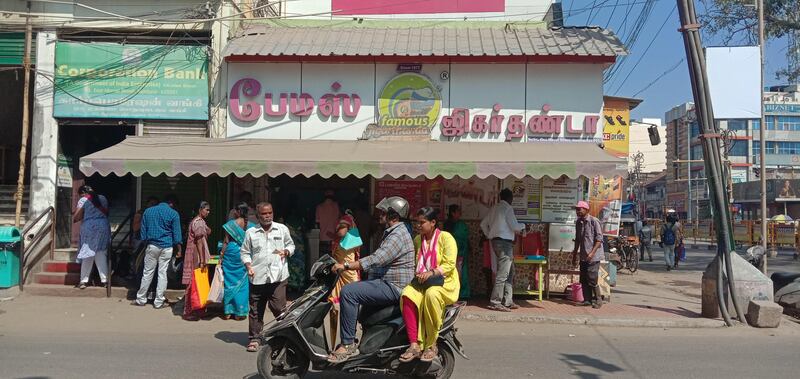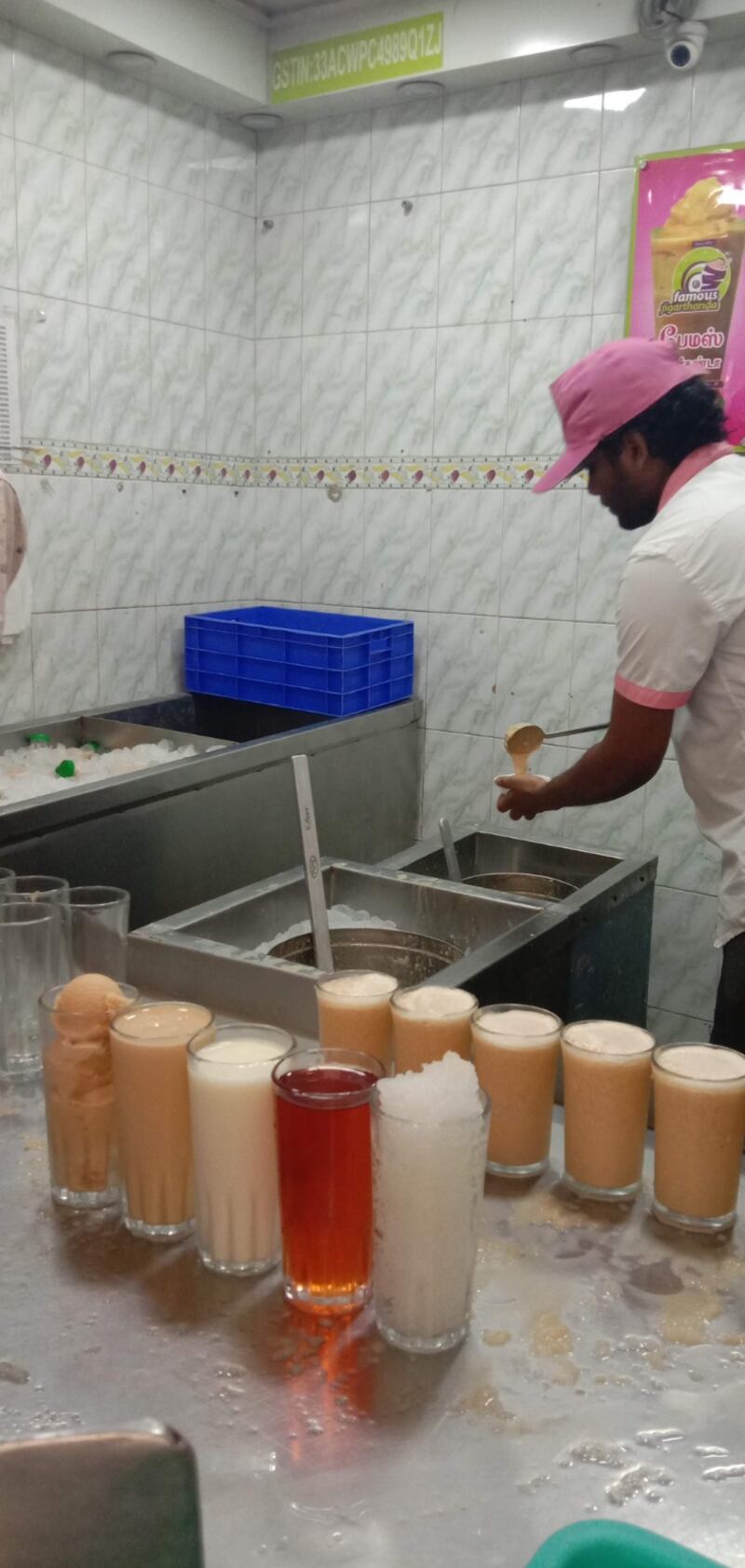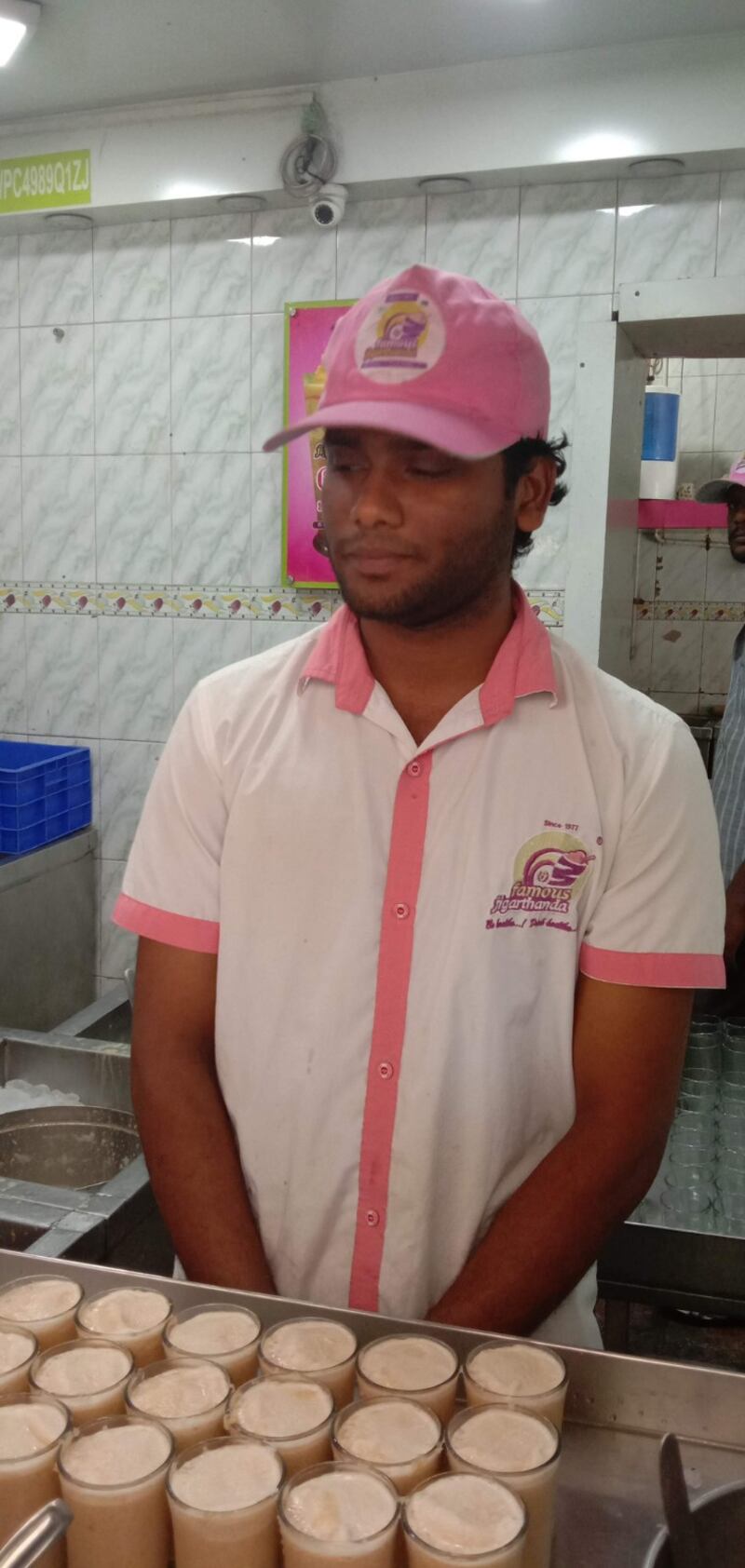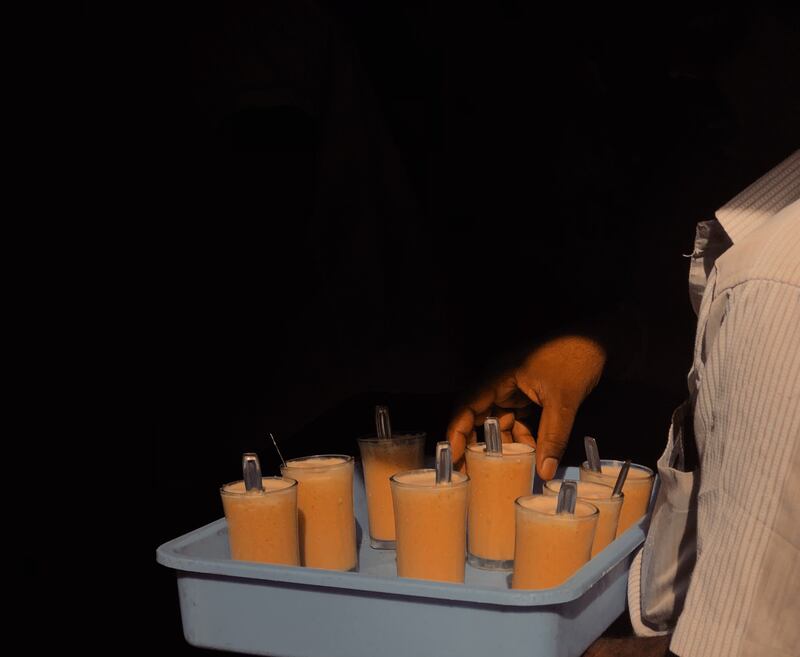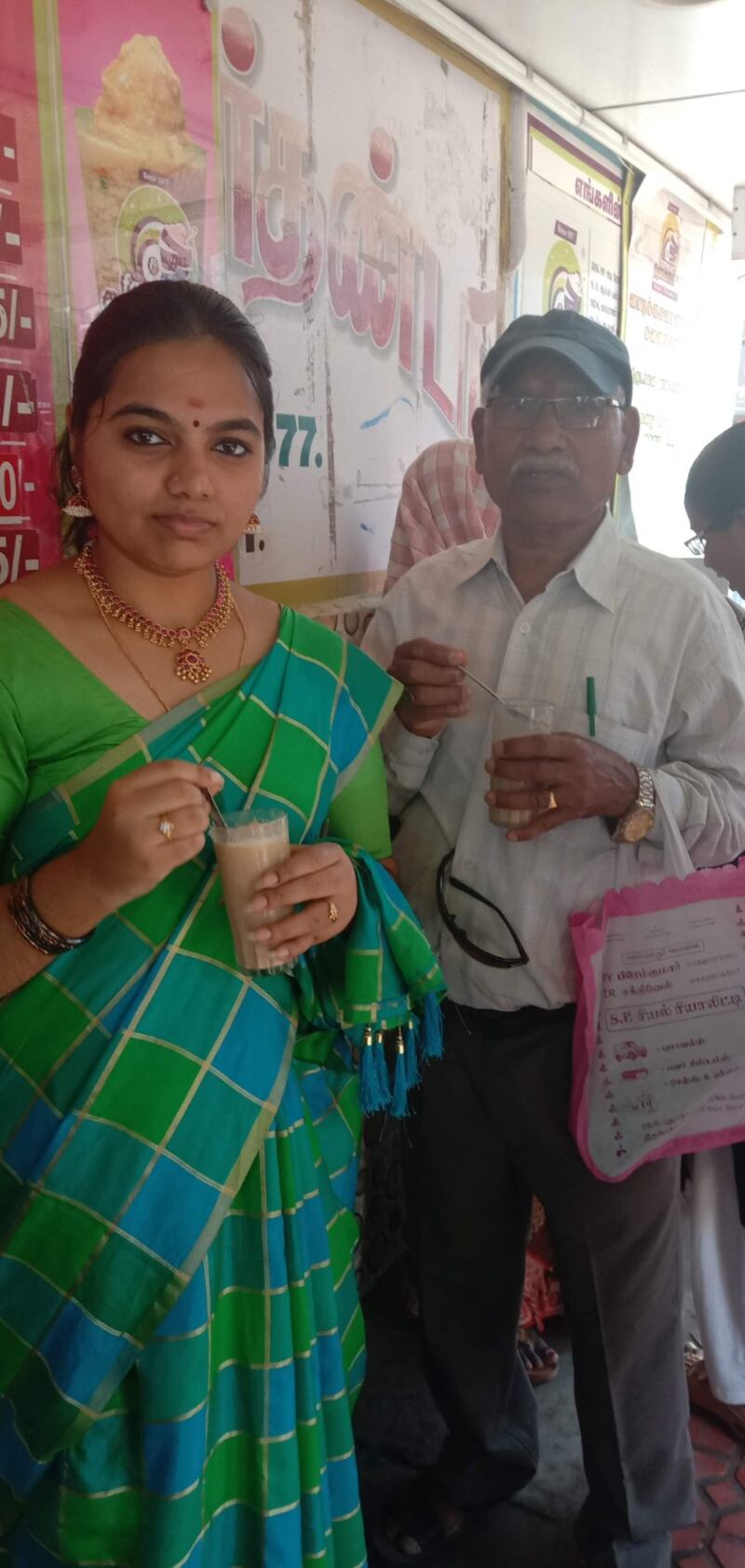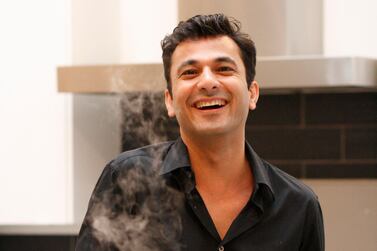Last February, just before the pandemic forced lockdowns across India, I found myself staring at a mauve and green frilly awning, with “Famous Jigarthanda” emblazoned on it in bubblegum pink Tamil letters. I am at Madurai’s oldest and best-known jigarthanda outlet.
No one knows with any certainty the origins of jigarthanda. The name itself is an unusual hybrid of two Hindi words, a rarity in this predominantly Tamil-speaking region in southern India. It is believed to have been brought here by Muslim settlers, around the time the Nawab of Arcot ruled Madurai in the early 18th century. A literal translation describes jigarthanda as “a drink that cools or soothes the heart”.
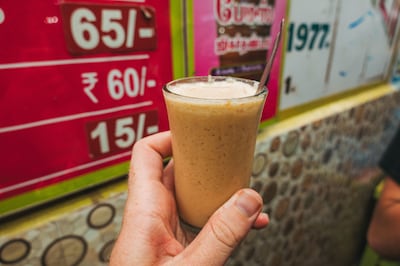
I watched in amazement as J Balaji, 22, prepared the unusual concoction, working non-stop. His arms flew across the counter, scooping up half a dozen ingredients and dropping them into a glass. I could barely register what he was mixing, so when he finally had a spare moment, he lined them up for me.
Part ice cream, part milkshake
The glasses glimmered on the counter, filled to the brim with home-made ice cream, creamy condensed milk, ruby red nannari syrup (an extract prepared from the roots of the sarsaparilla herb) and finally the most distinctive ingredient of all: a shimmering mountain of badam pisin or almond gum, the resin or sap from the sweet almond tree.
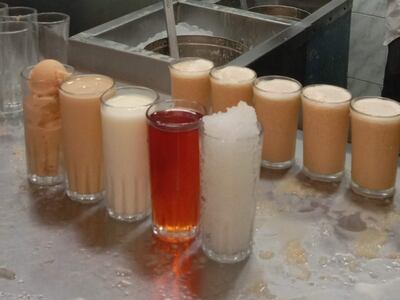
Many locals preface this dessert with the Tamil exclamation “jil, jil”, which refers to how chillingly cold it is – the perfect soothing drink in the heart of a dry, parched land. It’s been hailed as ambrosia and sweet nectar, but many find its texture more alluring than its sweetness. Jigarthanda is neither solid nor liquid, not fully ice cream nor milkshake.
Its velvety texture with nutty overtones is defined by the resin, which is soaked in water overnight and believed to prevent heatstroke. The ice cream and nannari syrup are all home-made, Balaji says. The scoop of basundhi, an ice cream made of condensed milk and khoya (a dairy product) is put in last, so that it floats in the concoction with sweet promise.
The original recipe, coming soon to Dubai
Balaji says he has served famous film stars from Kollywood, the Tamil cinema industry, and particularly remembers the day actor Dhanush, Rajinikanth's son-in-law, waited patiently for his glass.
Today, as a result of continuing Covid-19 measures, the glasses have been replaced by plastic bottles. As a result of dine-in restrictions, takeaways and home deliveries have temporarily become the heart of the business, says Anwar Basha, who is in charge of Famous Jigarthanda, and the grandson of its founder, PS Sheik Meeran, who started this outlet in 1977.
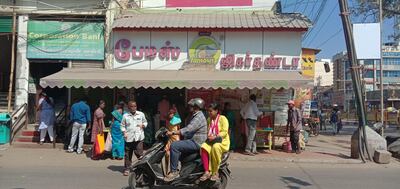
Meeran was the first to sell jigarthanda, then known as “bhai ice cream”, from a pushcart in the city in the early 1950s. A number of stalls mushroomed later, but none have his original recipe. Today, Famous Jigarthanda has more than 50 branches in Tamil Nadu (15 of these in Madurai), with a smaller presence in Karnataka and Andhra Pradesh.
However, orders have dwindled during the pandemic, especially with the state government’s restrictions on food stalls and restaurants. “I think it could also be because people are wary of cold drinks for fear of catching a cold or getting a sore throat,” says Basha. “Earlier, in addition to those who bought at our outlets, we’d send out about 700 to 800 parcels a day from our 15 stalls in Madurai,” he says. “But now, we’re parcelling just about 500 a day there.”
After the restrictions ease, Famous Jigarthanda is hoping to expand to Kerala, and then internationally – with outlets serving the original recipe being proposed in Dubai and Singapore, says Basha.
An essential ingredient of jigarthanda is the scoop of hand-beaten ice cream, and the team are creating new flavours. In addition to the popular and classic basundhi, pista, Imam Pasand mango and strawberry-flavoured ice creams are in the works.
Legion of foodie fans
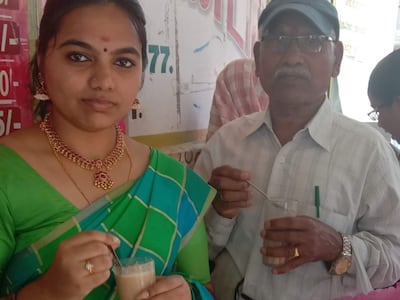
And it’s only a matter of time before locals embrace their favourite drink again. Berty Ashley, 38, a molecular biologist who grew up in Madurai, recalls the time he had to show his American-born cousins around the city. When they saw the jigarthanda stall, their reaction, he says, was priceless.
“They watched in amazement as the three men behind the counter worked in tandem on an assembly line of dessert-making, which would have made Gerald Ford envious, assembling this incredible-looking concoction. The next thing I know they both had a glass in their hands, a grin on their faces and basundhi dripping on to their fancy Nike shoes. We went back thrice that week,” he says.
For social worker Rukki Ranni, 72, jigarthanda was a childhood favourite. “In the early 1950s, the ice cream was sold in a wooden pail,” she says. Thick and tasty, it would be served on to a banana leaf with a spoon made from palm fronds.” Their family, avid ice cream lovers, would buy the whole pail, she says. “Even today, I ask for large helpings, no restrictions.”
Jigarthanda recipe
Madurai has more than 50 distinct jigarthanda outlets. With each shop adding its own secret ingredients, the recipe may differ from street to street. Walk into one and ask for the recipe, and you’ll find yourself on the receiving end of amused, outraged, even suspicious looks.
One vendor asked me if I expected him to give me the keys to his safe as well. Surviving all the snark, we bring you the recipe to Madurai’s most mysterious and favourite dessert.
Serves two
Ingredients and method for the milkshake base
½ litre boiled milk
50g unsweetened khoya (sometimes called khoa)
1 cup sugar
Heat the milk, stirring often.
Add the khoya and stir until it dissolves completely.
Caramelise the sugar by pouring one cup into a frying pan and leave it there until it browns. Add two tablespoons of water to thicken into a syrup.
Add two tablespoons of this caramelised sugar syrup to the boiling milk, so it thickens and becomes a creamy brown. Keep the rest of the sugar syrup aside.
Remove from stove and allow it to cool. Refrigerate.
Ingredients and method for the basundhi ice cream
2 cups whole milk, chilled
50g unsweetened khoya
2 tsp cornflour
In a heavy-bottomed pan, heat the chilled milk until it reduces to a fourth of its original volume.
Add the khoya for thickening, stirring continuously.
Dissolve the cornflower in a spoonful of milk and add that to the milk simmering on the stove, to give the ice cream a silkier texture.
Add two tablespoons of the caramelised sugar kept aside earlier. Mix well to remove any lumps.
Transfer to a container and freeze for an hour. Then stir with a wooden ladle and freeze again. Repeat four times. Stirring or beating every hour and freezing again will soften the ice cream.
Ingredients and method for the badam pisin (almond gum)
3 tbsp almond resin
Soak the almond resin (sold in packets in speciality supermarkets or on Amazon) overnight in water. The resin will dissolve, giving the water a jelly-like consistency. Strain and refrigerate.
Ingredients and method for assembly
2 tbsp nannari syrup
Caramelised sugar syrup, to taste
Add three tablespoons of the badam pisin to a serving cup.
Next, fill the cup with the milkshake base and a dash of nannari syrup. Mix well.
Add a scoop of the softened basundhi ice cream.
Drizzle caramelised sugar syrup on top and serve chilled.
